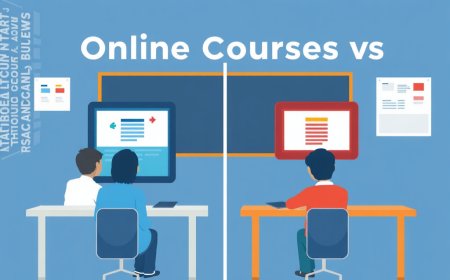Augmented Reality in Classrooms: A New Learning Experience
The advent of augmented reality (AR) in classrooms is revolutionizing the way students learn and interact with educational content. By overlaying digital information onto the real world, AR technology is creating a more immersive and engaging learning experience. In this article, we will explore the benefits and applications of AR in education, and discuss how it is being used to enhance student outcomes.
One of the primary advantages of AR in education is its ability to make complex concepts more accessible and easier to understand. By using 3D models and interactive simulations, teachers can help students visualize and interact with abstract ideas in a more tangible way. For example, in a biology class, students can use AR to explore the inner workings of a cell, or in a physics class, they can use AR to visualize the motion of objects in 3D space.
AR is also being used to enhance student engagement and motivation. By incorporating game-like elements and interactive challenges into the learning experience, AR can make learning more fun and enjoyable. This can be particularly beneficial for students who may be struggling with traditional teaching methods, as AR can provide a more personalized and adaptive learning experience.
In addition to its educational benefits, AR is also being used to improve student outcomes. Studies have shown that students who use AR in the classroom tend to perform better academically and have higher levels of motivation and engagement. This is likely due to the fact that AR provides a more interactive and immersive learning experience, which can help to increase student participation and retention.
So, how is AR being used in classrooms? There are a number of different ways that teachers are incorporating AR into their teaching practices. Some are using AR-enabled textbooks and educational resources, which provide students with interactive and immersive learning experiences. Others are using AR to create virtual labs and simulations, which allow students to conduct experiments and investigations in a safe and controlled environment.
One of the most exciting applications of AR in education is its potential to provide students with real-world learning experiences. By using AR to overlay digital information onto real-world environments, teachers can create learning experiences that are more relevant and meaningful to students. For example, in a history class, students can use AR to explore historical sites and landmarks, or in a geography class, they can use AR to explore different cultures and environments.
Despite the many benefits of AR in education, there are also some challenges and limitations to consider. One of the primary challenges is the need for high-quality AR content and resources, which can be time-consuming and expensive to develop. Additionally, there may be concerns around equity and access, as not all students may have access to AR-enabled devices or internet connectivity.
To overcome these challenges, educators and policymakers are working to develop new strategies and initiatives to support the adoption of AR in education. This includes providing teachers with training and professional development opportunities, as well as investing in the development of high-quality AR content and resources.
In conclusion, the use of augmented reality in classrooms is providing a new and innovative learning experience for students. By making complex concepts more accessible, enhancing student engagement and motivation, and improving student outcomes, AR is revolutionizing the way we learn and teach. As the technology continues to evolve and improve, it is likely that we will see even more exciting applications of AR in education in the years to come.
As we look to the future, it is clear that AR will play an increasingly important role in shaping the education landscape. With its ability to provide immersive, interactive, and personalized learning experiences, AR has the potential to transform the way we learn and teach. Whether it's through the use of AR-enabled textbooks, virtual labs, or real-world learning experiences, the possibilities for AR in education are vast and exciting.
To get the most out of AR in education, it's essential to stay up-to-date with the latest developments and advancements in the field. This includes attending conferences and workshops, reading industry publications, and participating in online forums and discussions. By staying informed and engaged, educators can ensure that they are well-positioned to take advantage of the many benefits that AR has to offer.
Ultimately, the effective integration of AR into educational settings will require a collaborative effort from educators, policymakers, and industry leaders. By working together, we can ensure that AR is used in a way that is effective, equitable, and beneficial for all students. As we move forward, it's clear that AR will be an important part of the education landscape, and it's exciting to think about the many possibilities that it will bring.
As the education sector continues to evolve, it's likely that we will see even more innovative applications of AR in the classroom. From virtual field trips to interactive simulations, the possibilities for AR in education are endless. By embracing this technology and exploring its many potential applications, educators can create learning experiences that are more engaging, effective, and enjoyable for students.
In the coming years, we can expect to see AR become an increasingly important part of the education landscape. As the technology continues to improve and become more accessible, it's likely that we will see widespread adoption across educational institutions. By staying ahead of the curve and exploring the many potential applications of AR, educators can ensure that they are well-positioned to take advantage of the many benefits that this technology has to offer.
The future of AR in education is bright, and it's exciting to think about the many possibilities that it will bring. As educators, policymakers, and industry leaders continue to explore and develop new applications of AR, it's likely that we will see a significant impact on the way we learn and teach. By embracing this technology and working together to ensure its effective integration into educational settings, we can create a brighter future for students around the world.

















